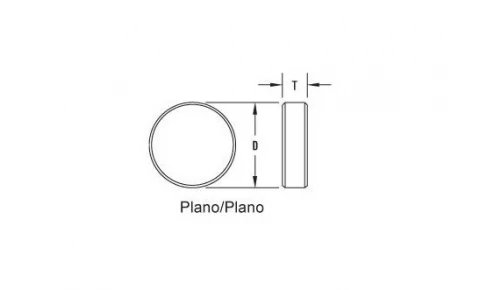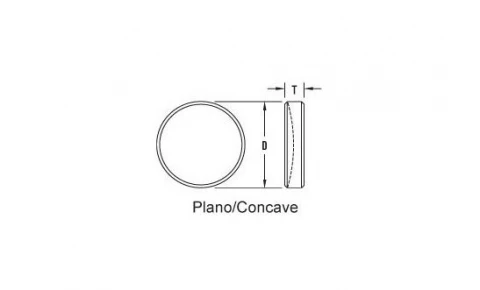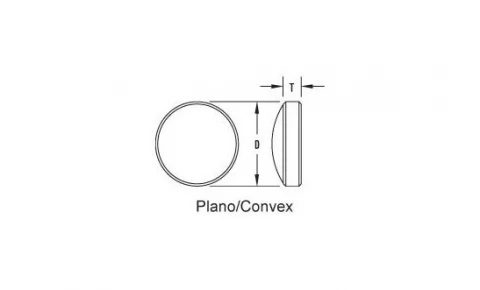Description
The Laser-Line RMAX Mirrors from Rocky Mountain Instrument Co. are meticulously engineered to provide exceptional performance in laser applications. These mirrors are crafted using multi-layer, dielectric thin films, ensuring high reflectance at specific laser wavelengths. This design is tailored to meet the demanding needs of high-power laser systems, making them an ideal choice for precision optical applications. The mirrors are available in a variety of substrate materials including BK7, UVFS, FS, and CaF2, offering flexibility in optical design and application.
Each Laser-Line RMAX Mirror is designed to maintain high reflectance across a range of angles of incidence, with standard coatings optimized for both 0º and 45º angles. This adaptability makes them suitable for various optical setups, whether in research, industrial, or commercial laser systems. The substrates are available in plano/plano, plano/concave, and plano/convex configurations, allowing for precise control over beam steering, focusing, and collimation. Rocky Mountain Instrument Co. is committed to delivering high-quality optical solutions, and the Laser-Line RMAX Mirrors are no exception.
With stringent surface quality and tolerance specifications, these mirrors ensure minimal optical distortion and maximum performance. The company's collaborative approach with customers ensures that even the most technically challenging requirements are met, from initial prototype development to full-scale production. This dedication to quality and customer satisfaction makes RMI a trusted partner in the optics industry.
RMI Laser Line Mirrors - Supremax 33 - Zerodur
Specifications
| Substrate Material: | Supremax 33, Zerodur |
|---|---|
| Wavelength Range: | 193 – 193 nm |
| Flatness (Coated Surface): | lambda/10, lambda/20 |
| Surface Quality: | 10-5 scratch-dig |
| Reflectivity (Rs, Rp): | 97 % |
| Reflectivity @ 45 AOI: | >= 96.5% |
| Thickness And Diameter: | Custom |
Features
- High Reflectance: Laser-Line RMAX Mirrors are designed for high reflectance at specific laser wavelengths, ensuring optimal performance in beam steering, focusing, and collimating applications.
- Advanced Coating Technology: Utilizes multi-layer dielectric thin films for enhanced durability and performance, with high power coating designs standard for select wavelengths.
- Versatile Substrates: Available in various substrate materials including BK7, UVFS, FS, CaF2, Si, Cu, Mo, Supremax 33, and Zerodur.
- Surface Configurations: Substrates can be plano/plano, plano/concave, or plano/convex to suit different optical requirements.
- Precision Tolerances: Diameter tolerance of +0.000", –0.010", thickness tolerance of ±0.010", and radius tolerance of ±0.5% ensure high precision in optical applications.
- High Surface Quality: Surface quality specifications include 10-5 (S1) for BK7, UVFS, FS, and Supremax 33, ensuring minimal defects and high optical clarity.
- Angle of Incidence Options: Designed for use at 0º or 45º angles of incidence, providing flexibility in different optical setups.
- Reflectance Specifications: Achieves R ≥ 97% at 193 nm (unpolarized) and up to R ≥ 99.7% at 355, 532, and 1064 nm at 0º incidence.
- Clear Aperture: Central 85% of diameter is clear, ensuring a large usable optical area.
- Customizable Solutions: RMI offers collaborative development to transition prototype concepts to efficient, manufacturable solutions tailored to specific technical requirements.
Applications
- Laser Beam Steering Systems: Direct and redirect laser beams with high precision
- Laser Focusing and Collimation: Enhance beam shaping in scientific and industrial systems
- Optical Instrumentation: Integrated into precision optical assemblies requiring minimal loss
- OEM Laser Systems: Ideal for incorporation into commercial and industrial laser products
- Research Laboratories: Supports experimental setups demanding stable high-reflectance mirrors
Frequently Asked Questions
What are RMAX Mirrors used for?
What type of thin films do RMAX Mirrors use?
What is the reflectance of Laser-Line RMAX Mirrors?
What substrates are available for RMAX Mirrors?
What are the standard thickness tolerances for RMAX Mirrors?
Similar Products

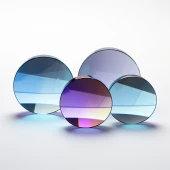
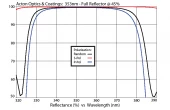
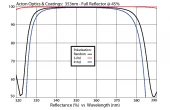
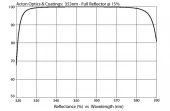
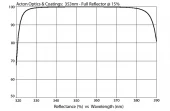
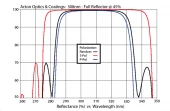
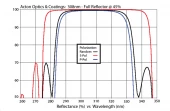


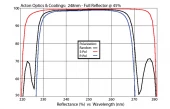
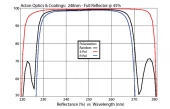
Your inquiry has been received.
Create an account by adding a password
Why create an account?
- Auto-complete inquiry forms
- View and manage all your past messages
- Save products to your favorites
- Close your account anytime — no hassle
